
Are you tired of looking at tall buildings?
It’s been a long time since I embraced nature to see the boundless sea of clouds
Are you tired of hearing the traffic?
It’s been a long time since I went outside to listen to the sound of insects and water?
Are you tired of the cloudy sky in the city
Haven’t seen the starry sky, moonlit night, white clouds and clear sky for a long time?
No problem
An outdoor camping can let you instantly integrate into nature
Shield the hustle and bustle of the city and feel the enthusiasm of the mountains and forests
However, many novice travel friends only know that outdoor camping requires tents, but they don’t know how to choose outdoor tents. The following editor will explain how to choose outdoor tents for outdoor travel, hoping to provide some help to friends who are planning to buy tents.
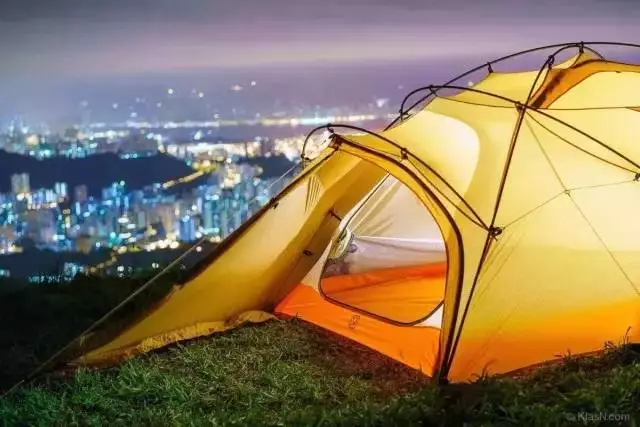
Choosing a tent usually needs to be considered in terms of the number of people, seasonality, and shape.
Number of people:
Manufacturers usually calculate the tent capacity according to the size of each person lying down. The space is relatively compact. If there are backpacks, etc., the space is slightly cramped.
If it is mainly a self-driving tour/family tour, regardless of weight, it is generally recommended to buy the size of one person.
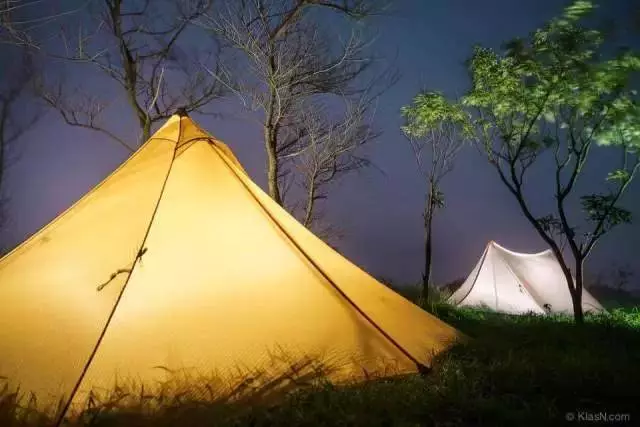
seasonality:
It is generally divided into three-season tents, four-season tents, and alpine tents. It is enough to know less about the usage scenarios of summer tents.
Three-season tent: suitable for ordinary seaside camping and mountain camping around cities. This kind of scene mainly focuses on the comfort of the space, and the basic windproof and rainproof functions are enough.
Four-season tent: It is suitable for hiking and mountaineering in high-altitude areas. In such scenes, more attention is paid to the wind and snow resistance and durability of the tent, followed by light weight and waterproof performance.
Alpine Tent: If you want to play the limit, in order to reduce the load, you can choose a single-person alpine tent. The main point is that it is light, can carry less load, and is waterproof, wind-resistant and cold-proof!

shape:
The shape of the tent mainly depends on its seasonality and purpose of use. Different shapes will affect the weight and price of the tent.
According to the function of the tent, if it is for sleeping, use a single room, if you want more space, use a hall tent. Choose tents with different layers according to the temperature environment.
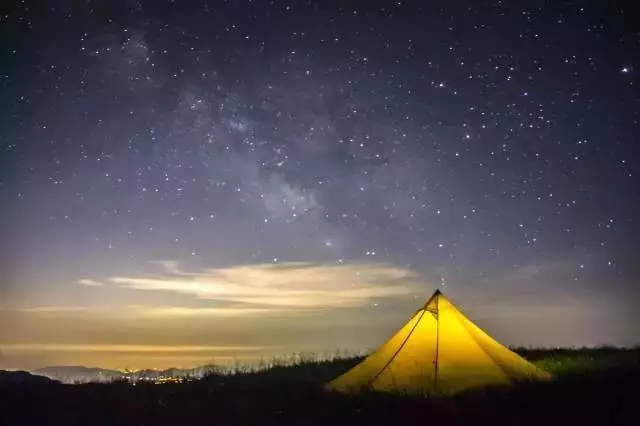
-
tent pole
At present, the materials of tent poles mainly include glass fiber, aluminum alloy and carbon fiber. Tubular fiberglass tent poles are currently the most commonly used tent poles, which can be folded and held together by elastic cords.
Aluminum alloy tent poles are also very popular tent poles in the market. They adopt the same combination method as fiberglass and have the same weight as fiberglass, but they have better strength and durability, and they still have good support in low temperature environments.
Carbon fiber tent poles are lightweight, among the existing poles, its durability can be said to be the best, and it performs well in low temperature environments, but the price is the most expensive among all tent poles.
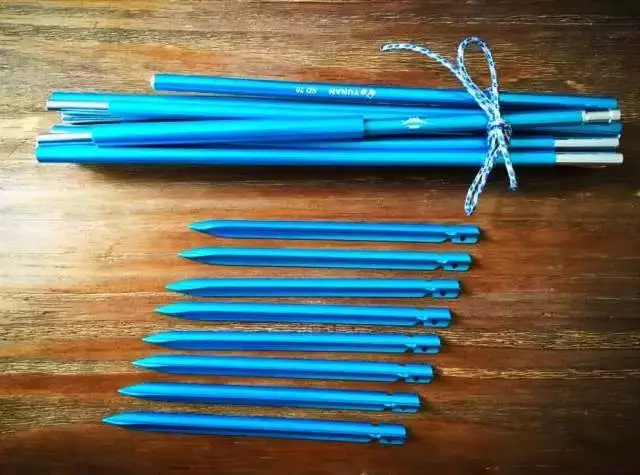
-
fabric
It is customary to use D value to measure, D is the abbreviation of DENIER (denier), which is a fineness expression method of chemical fiber, specifically refers to the weight in grams of a 9000-meter-long silk at a given moisture regain, also known as is denier. The larger the D value, the thicker the yarn. For example, the yarn of 30D fabric is thicker than that of 20D fabric. But now many outdoor enthusiasts have misunderstandings about the D value. They mistakenly think that the lower the D value, the better the quality (many outdoor enthusiasts I have come into contact with think that 15D fabrics are better than 30D fabrics). In fact, D itself It can only be regarded as a unit of measurement, and does not represent the quality of the fabric itself. Just like the density of an object, can we say that a material with a density of 3g/cm³ is better than a material with a density of 7.9g/cm³?
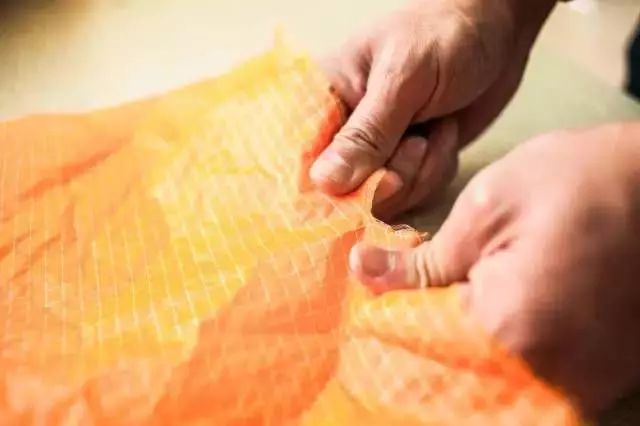
-
Craftsmanship
The process of tents includes various processes such as cutting, gluing, and stitching. Taking cutting as an example, a tent with a good shape will look full after it is built. This is not only a matter of appearance. A plump tent can effectively avoid condensation on the inner surface of the outer tent and soak the inner tent caused by adhesion between the inner and outer tents. It can avoid or reduce the impact of sleep caused by redundant fabric rattling in the wind when the tent is not full. Take the glue as an example, the exquisite glue will cover the seam neatly, otherwise? Rainwater and snow water will seep into the tent through the seams that are not covered by the glue. If the workmanship is not fine, there may be bubbles and cavities in the glue strip, which will shorten the life of the glue strip and affect the waterproof function of the tent.
Taking sutures as an example again, fine workmanship can tightly and accurately connect the joint parts of the fabrics. If the seams are deviated, the force on the joint parts of different fabrics will be uneven. cracking. Therefore, even if a brand uses good materials and structural design, it must be finely processed to ensure the maximum performance of the tent.
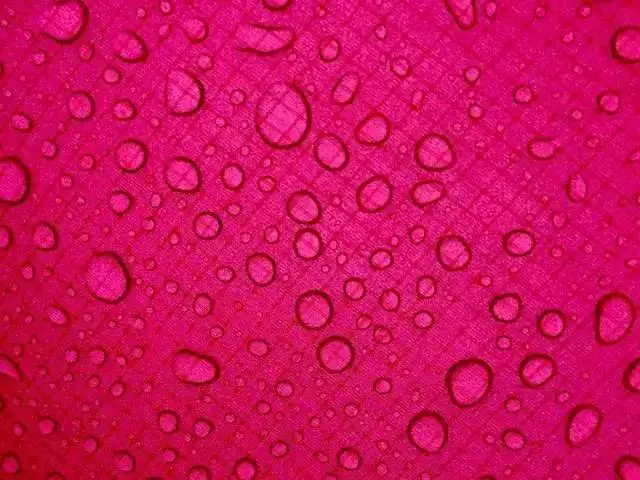
-
structural design
Very important but easily overlooked. The structure design of the display tent is obviously unreasonable. There are many problems including excessive windward angle, poor stability, water and snow accumulation on the top, poor ventilation, etc., not to mention other factors such as inhumane design and lack of convenience. . A tent with excellent design elements should have a stable structure, be able to conform to the user’s living habits, and preferably be applicable to as many occasions as possible.
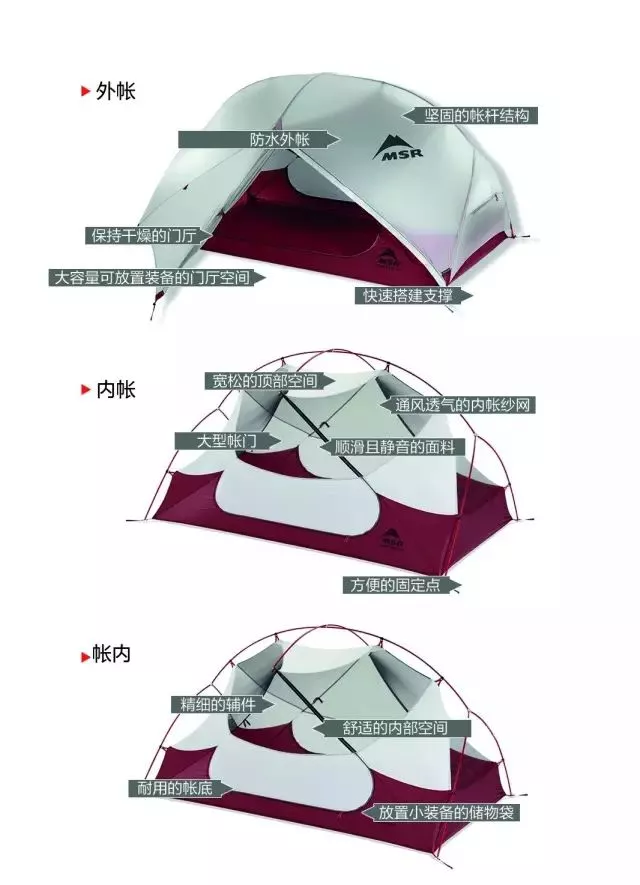
For example, in the traditional dome tent structure, although the double-pole cross structure is simple but the structure is very stable, the double-sided hallway design is convenient for users to enter and exit and store luggage; and the integrated structure of the outer support and inner hanging type allows users to set up the outer tent at the same time. The inner tent is set up together, which is very convenient for use in rain and snow, and avoids the situation where the inner tent is first set up and then the outer tent is put on in the rain, causing the tent to get wet.
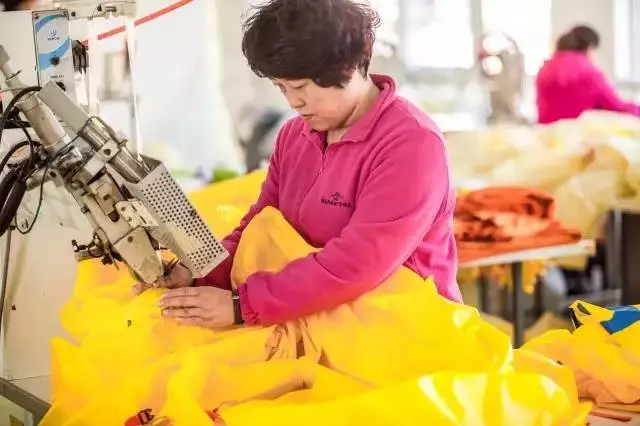
-
space
The tent space is directly related to the comfort of use. Generally speaking, the space is directly proportional to the comfort within a certain range. Take the double tent as an example. The width of the ordinary double tent is usually between 1.25 meters and 1.3 meters, and the length is about 2.1 meters. The body width of an adult is about 50 centimeters, and the average height is about 1.7 meters, so this space is enough .
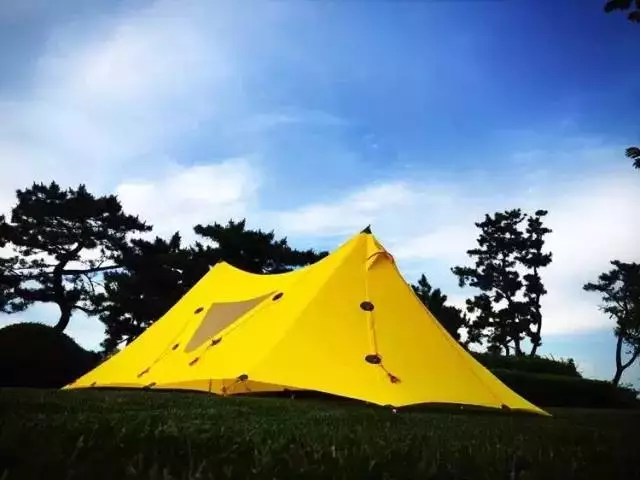
And some tents will increase the length of the inner tent to more than 2.2 meters, increase the width to 1.35~1.4 meters, and support the top of the inner tent with a hollow bar, so that even if two people sit side by side in the tent, it will not look cramped. It is very convenient to put on clothes in the tent. If there is not enough space in the tent, it will often push against the inner wall of the tent when sleeping, causing the inner and outer tents to fit together. Once the ambient humidity is high, condensation will soak the sleeping bag. In addition, even people and equipment can fill up the space of the tent. If it is difficult to turn around, if it is rainy, snowy and windy, it will be very troublesome to solve problems such as eating and drinking in the tent. Therefore, a reliable camping tent must have enough space.
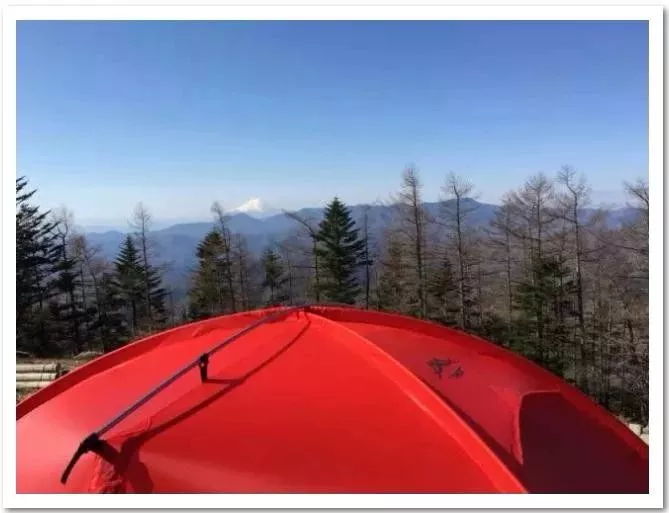
-
weight
About 10 years ago, most of the two-person three-season tents on the market weighed around 2.5~3 kg. At that time, the MSR HUBBA HUBBA double tent weighed 1.9~2 kg. The total weight of the person account is 1.3 kg, which once made my companions envious. Thanks to technological progress, the fabric can be lighter and thinner while maintaining a certain strength, and the tent pole can also be lighter without reducing or even increasing the strength. Most of the two-person three-season tents on the market now weigh It has been reduced to 2~2.5 kg, and the total weight of 1.5 kg can be found everywhere. A small number of double tents have a total weight of less than 1 kg. Some special shapes such as pyramids, because of the use of advanced CUBEN fabrics, are even lower. at 500 grams. The wind of lightweight is intensifying. Lightweight equipment can help us reduce our burdens, reduce the impact on the knee joints, and allow us to go further with lighter loads.
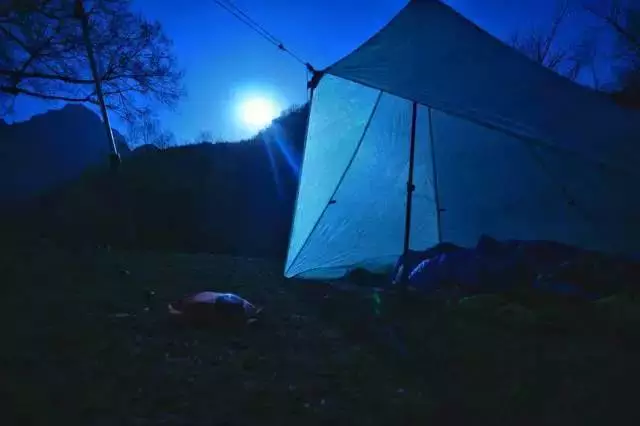
It is worth noting that while pursuing lightweight, it is also necessary to be clear: lightweight is only one of the criteria for judging whether a tent is excellent, and it is by no means the only criterion. Lightweight, especially ultra-light tents are often achieved by sacrificing the reliability and comfort of the tent. The durability of tent poles and fabrics of the same quality is inversely proportional to the weight. The same is the DAC NFL series pole, and the strength of the 9mm diameter pole is much higher than that of the 7.8mm diameter pole. The same series of fabrics, the strength of 30D is absolutely far Higher than 15D.
Many routes are not suitable for excessive light weight, such as long-distance hiking in harsh environments. Such routes often face various extremely harsh environments and there is no supply. This kind of route requires the reliability of the equipment to be placed first. A bit instead of weight. The usual corrupt leisure route does not require high physical fitness and technology. Participants hope to eat happily and sleep comfortably outdoors. Even beer and watermelon can’t wait to bring it to the camp. Does such a route need to consider lightweighting? For example, BIG AGNES’ Feixi single-person tent weighs only 936 grams, but the space is very narrow, and the feet are only 76cm. When an adult man turns over inside, he will rub against the inner tent wall. The environment, the sleeping bag will definitely get wet, and there is no comfortable quality to speak of in such living conditions.

In many cases, comfort and safety are sacrificed for the sake of light weight, which is truly putting the cart before the horse. My opinion is that light weight can be used for routes with certain intensity and difficulty, but it is not effective everywhere.

Pay attention to the following points when purchasing a tent:
1. Strong, durable, weatherproof, small in size, light in material, easy to carry and easy to install.
2. Nylon is relatively light and tough. High-quality tents generally use high-density waterproof nylon or tear-resistant nylon.
3. Choose a tent with a dark or silver canopy, which can prevent sunlight and ultraviolet rays, and make it easy to fall asleep. If you are camping in summer, you might as well choose a silver one, which can reflect sunlight and keep the tent cooler.
4. When buying a tent, don’t think that the bigger the better. Because it is inconvenient to go up and down the mountain with a tent that is too heavy, it is best to buy a size that is suitable for the number of people. If there are many people, there should be more than one tent.
5. It is better to choose a dome yurt. The yurt is made of elastic and bendable fiber rods or elastic aluminum alloy rods, without the use of camp ropes. The shape of the yurt is round and arched, like a yurt, hence the name. This kind of tent can withstand strong winds and is suitable for use in high mountains and bad weather.
6. The double-layer tent not only solves the problem of water condensation on the inner wall, but also has better wind resistance than single-layer tents. The door-canopy double-layer tent can also solve the problem of storing equipment and shoes.
7. Carefully check camp posts, camp nails, camp ropes, etc. Whether all accessories and backup accessories are complete and whether they are original accessories.
8. Choose the support material or camp column as elastic aluminum alloy rod or high hardness seamless aluminum alloy tube.
9. It is best to choose a double-door tent.
10. It is best to buy a tent with a better ground cloth and place a moisture-proof pad inside. This is all experience!
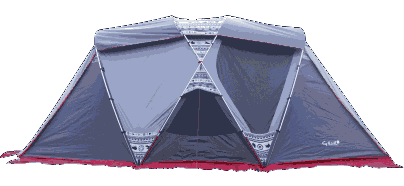
In the final analysis, to measure whether a tent is suitable for you, you must combine your own needs, consider and weigh all aspects, find a balance point instead of pursuing extremes in one aspect, as long as you do this, I believe that choosing your own outdoor nest will not be difficult. No more trouble.
Warm reminder, the tent must be fixed and nailed properly, otherwise, you will… blow and blow your pride and indulge.
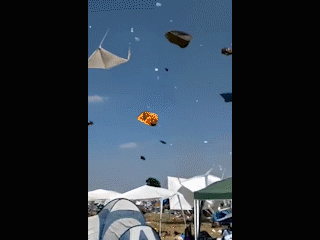
(Part of the source of the pictures and texts has been deleted due to network infringement, thank you)
Source: Peak Ridge Outdoors




